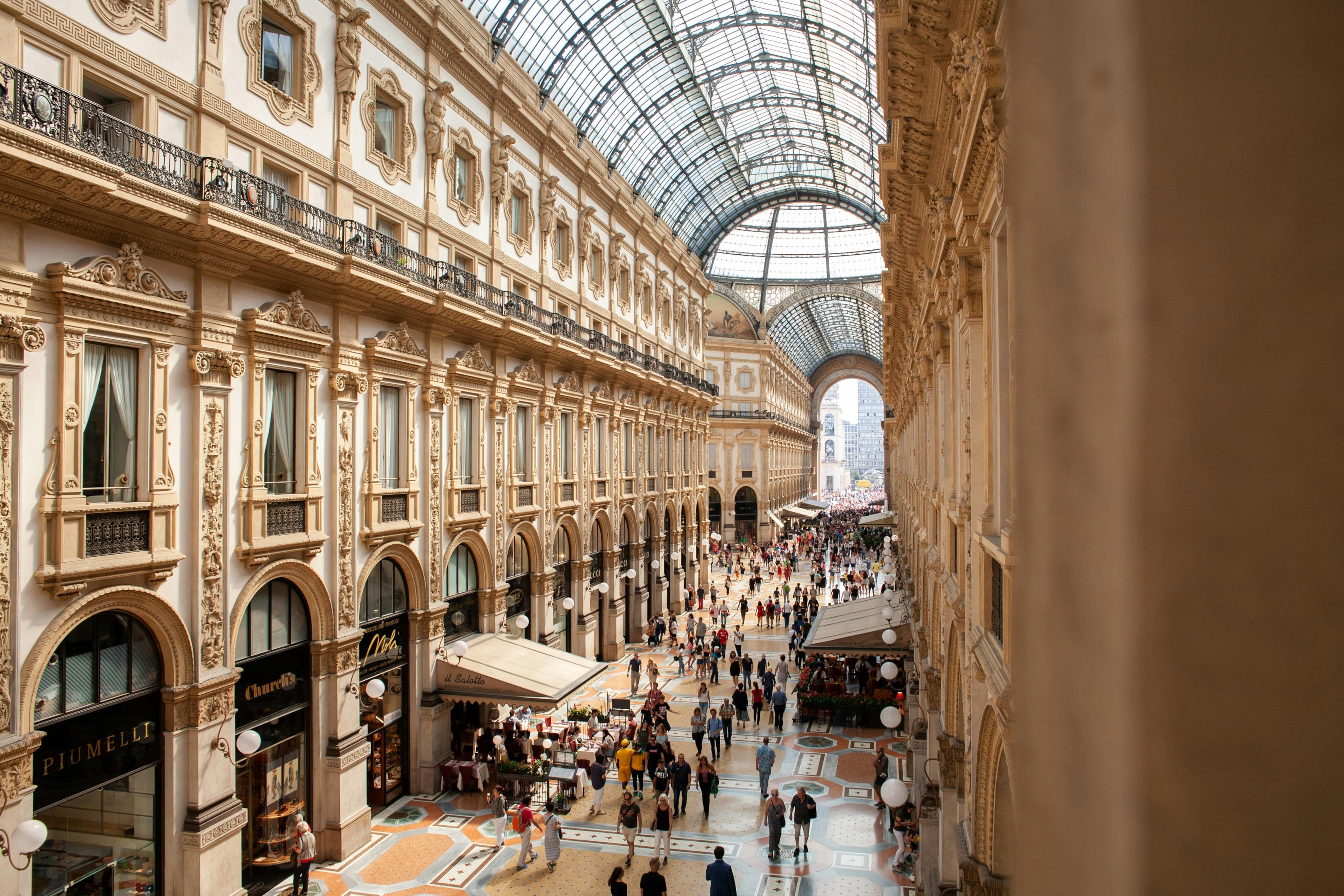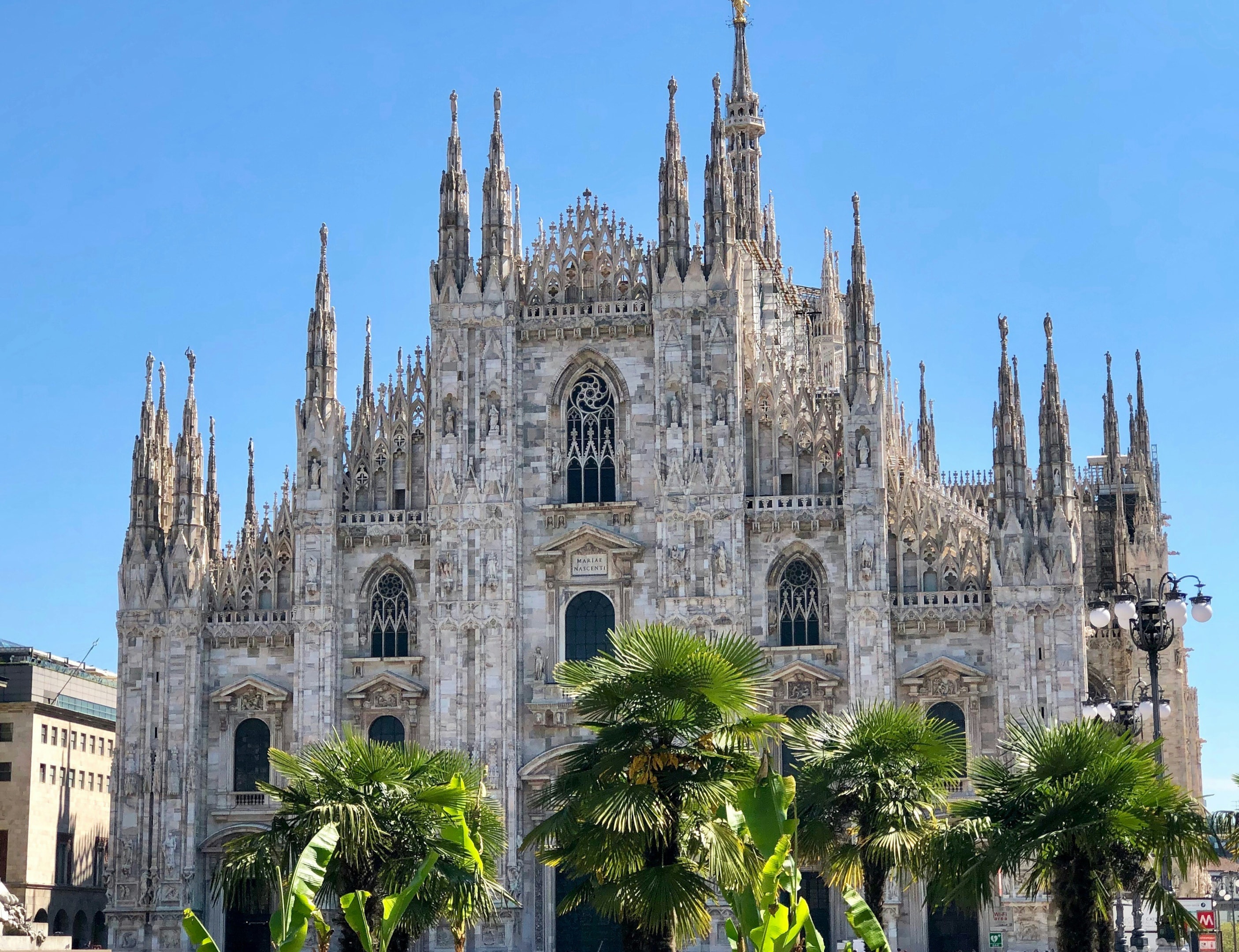Index
Milan, one of Italy's most dynamic and cosmopolitan cities, constantly attracts new residents and investors thanks to its vibrant cultural and economic scene. However, the Milanese real estate market can be complex, with significant variations in prices per square meter between different areas of the city. Understanding the price per square meter is essential for anyone considering buying or renting a property.
In this guide, we'll explore the factors that influence costs in various areas, providing a clear and detailed framework that will help you navigate the Milanese real estate market.
Casavo, a simple and transparent real estate buying and selling service, offers the support of professionals who are experts in the Milanese real estate market.
Buy and sell a house with Casavo for a profit!
[cta-casavo title="Do you want to know the value of your home?" text="It's free and instant."]
Introduction to the Milanese real estate market
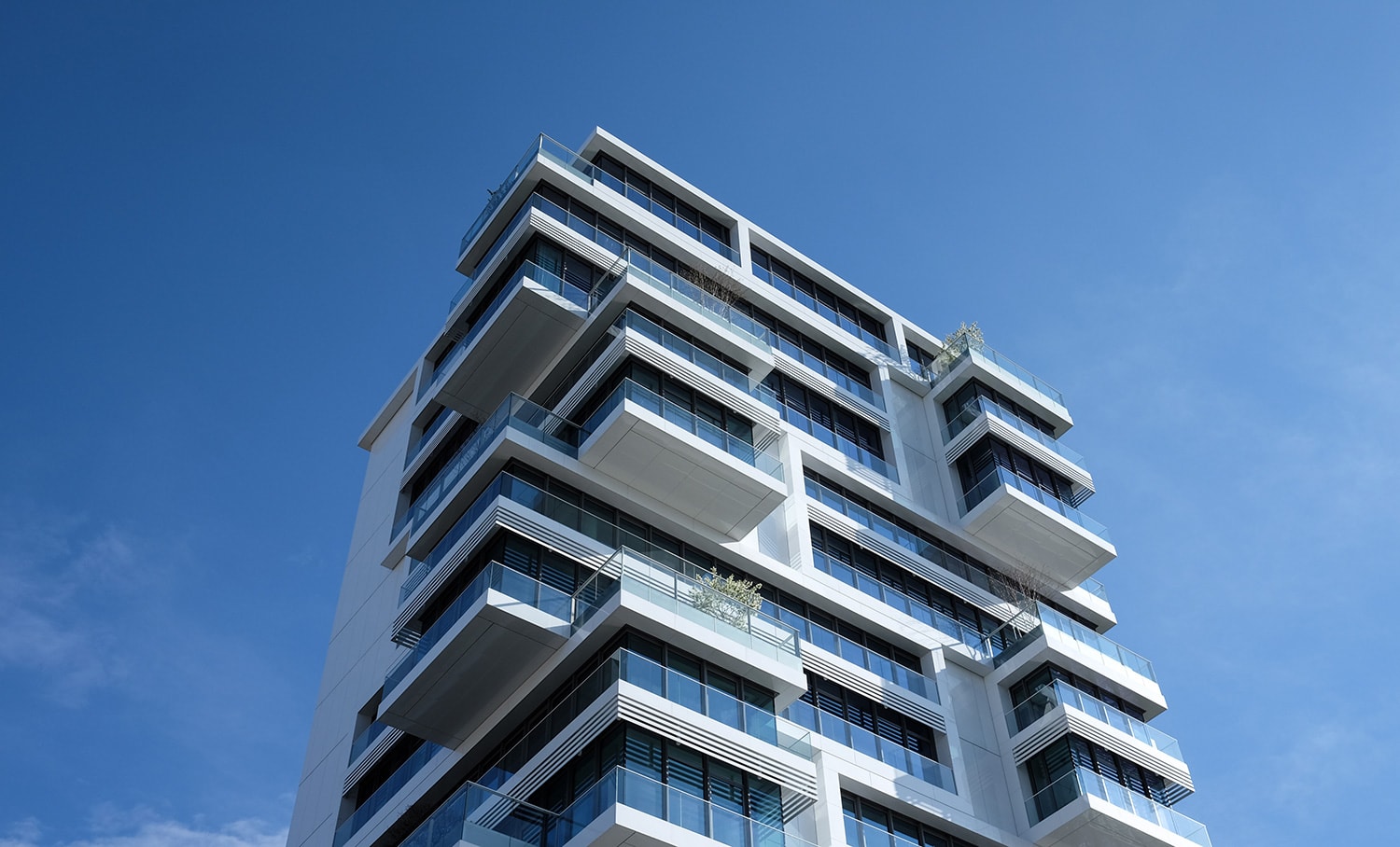
Overview of the areas of Milan
Milan is a city divided into neighborhoods distinct, each with its own unique characteristics and market dynamics. Central areas, such as the Duomo and Brera district, are among the most prestigious and expensive, thanks to their strategic location and cultural offerings. Conversely, areas such as Lambrate and Bicocca represent more affordable options, ideal for young professionals and students.
Emerging areas such as Isola and Porta Nuova are experiencing rapid redevelopment, thanks to urban redevelopment projects that are increasing their attractiveness. Finally, residential neighborhoods like San Siro and Baggio offer a quieter environment with relatively lower prices per square meter.
Understanding the diversity of Milan's neighborhoods is essential to correctly evaluate the price per square meter and make informed real estate choices.
Factors that influence prices
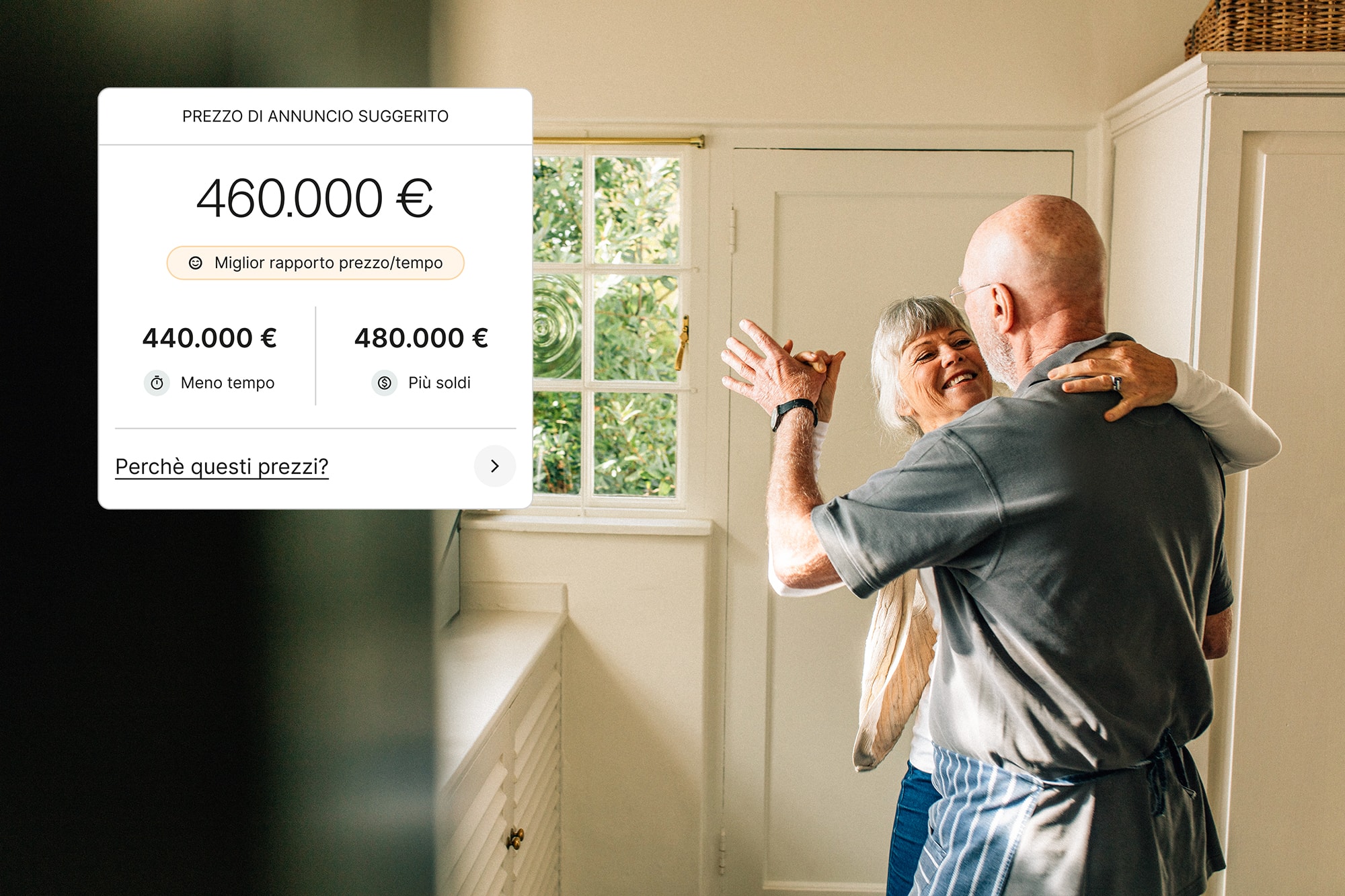
The price It is influenced by several factors, which vary greatly from neighborhood to neighborhood. Geographic location is one of the main determinants: central and well-connected areas tend to have higher prices. The proximity of the home to services such as public transportation, schools, and hospitals also plays a crucial role.
Architectural and historical features of buildings can increase the value of a property, as can the availability of green spaces and recreational amenities nearby. Furthermore, general economic conditions and real estate market trends influence supply and demand, altering prices.
Finally, urban development and redevelopment projects can significantly transform a neighborhood, leading to an increase in prices per square meter. Understanding these factors helps you navigate Milan's complex real estate landscape with greater awareness.
Characteristics of central areas
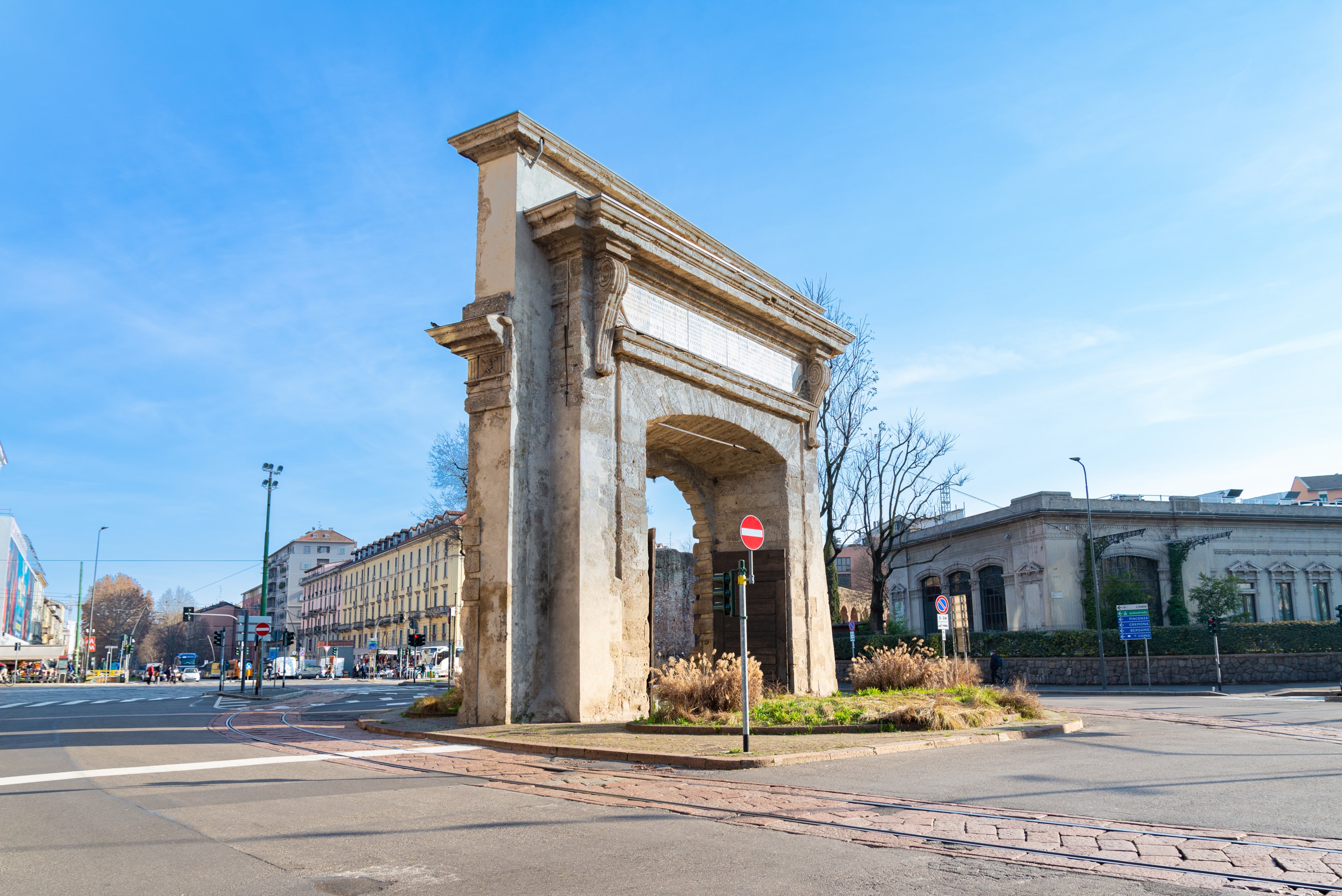
The central areas of Milan, including the Duomo, Brera, and San Babila, represent the beating heart of the city. These neighborhoods are renowned for their cultural richness, with museums, theaters, and art galleries just steps away. The presence of high-end fashion shops, fine restaurants, and historic cafés adds to the appeal of these areas. The central areas also offer excellent public transportation connections, making it easy to get around the city.
However, these advantages are reflected in prices per square meter, which are among the highest in Milan. Properties in these areas often feature historic buildings with unique architectural details, which add further value.
Despite the high costs, living in central Milan offers an unparalleled urban experience, combining history, culture, and modernity in a vibrant context.
Average prices in central areas
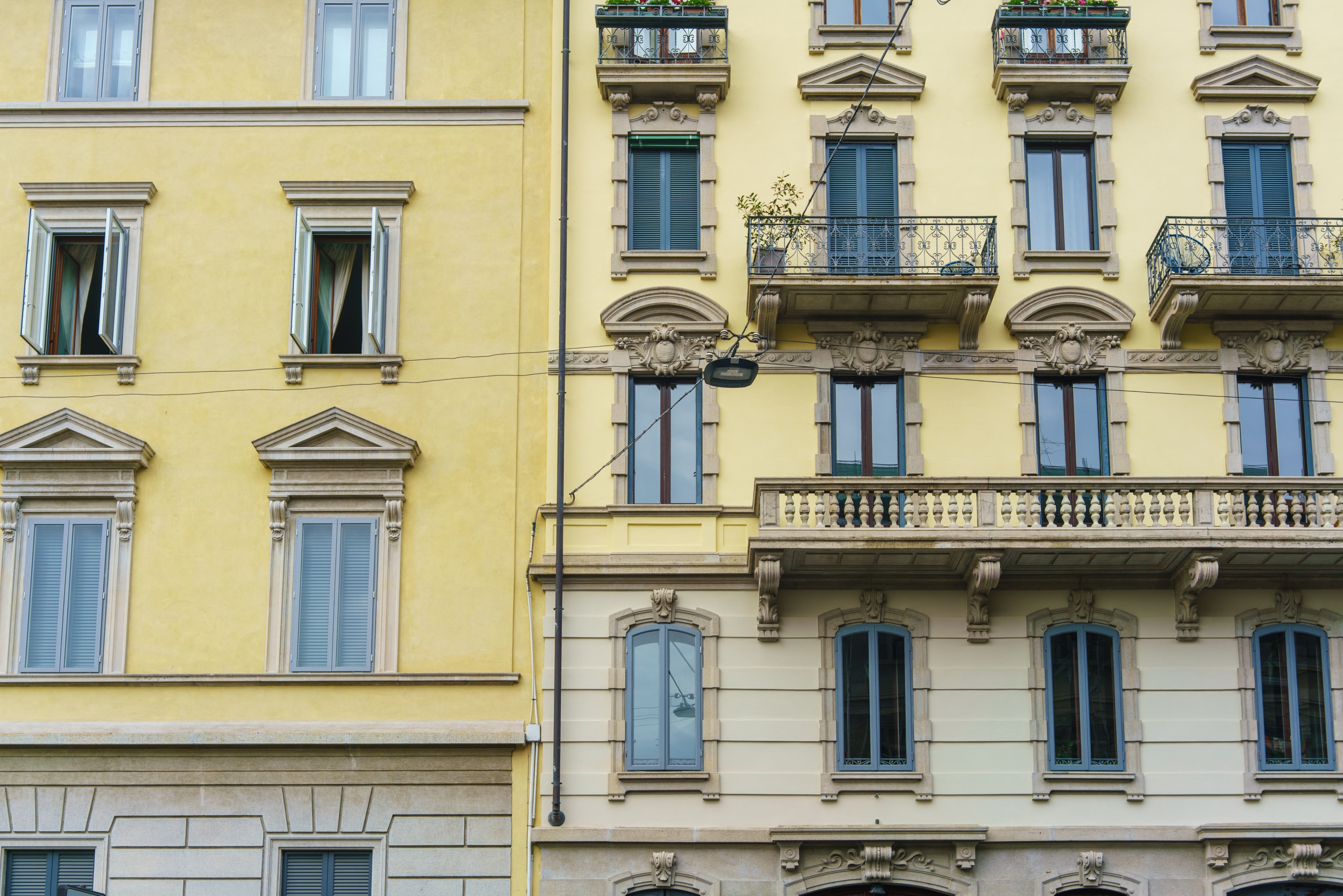
Prices per square meter in central Milan are among the highest in the Italian real estate landscape. In areas such as the Duomo and Brera, costs can exceed 10,000 euros per square meter, reflecting the high demand and limited availability of properties. San Babila and Montenapoleone, known for their elegance and prestige, have similar prices, with variations due to the specificity of the property and its exact location.
These values reflect not only the central location and services offered, but also the proximity to points of cultural and commercial interest. Those seeking real estate investment in these areas must be prepared to incur high costs, although the potential for appreciation may justify the investment.
Overall, the price per square meter remains one of the most significant metrics for those wishing to live in the heart of this dynamic metropolis.
Advantages of peripheral areas
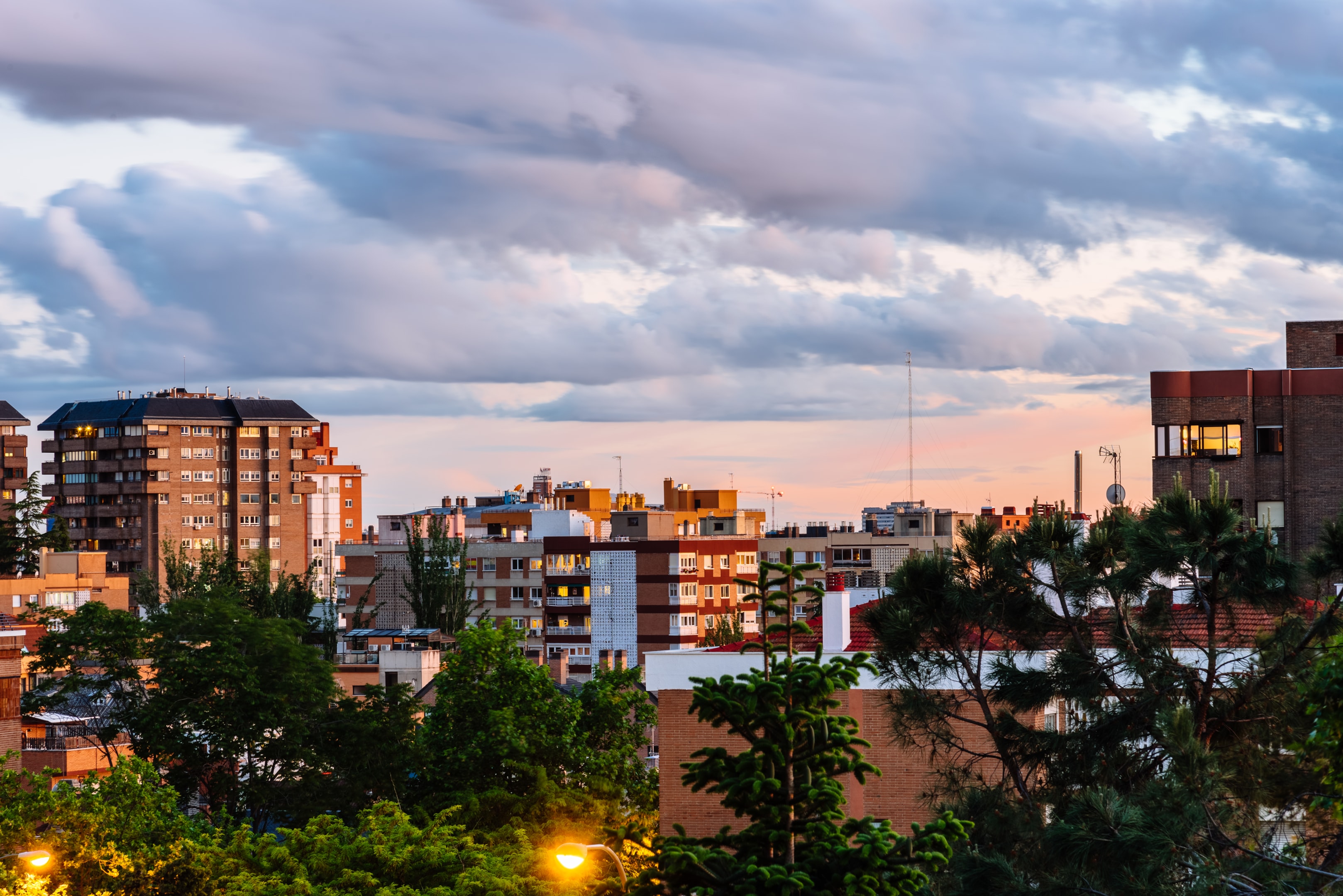
Milan's outskirts offer a number of advantages that make them an attractive option for many customers. First, prices per square meter are significantly lower than central areas, making these areas ideal for those on a budget.
Outskirts often feature larger living spaces and greater parking availability, a rare amenity in the city center. Furthermore, these areas tend to be less congested, offering a quieter and more livable environment.
Milan's outskirts are well served by public transportation, allowing easy access to the city center. Finally, peripheral areas are benefiting from numerous urban redevelopment projects, which increase their value over time.
In summary, living in the peripheral areas of Milan can offer an excellent balance between cost, space, and quality of life.
Average prices in peripheral areas
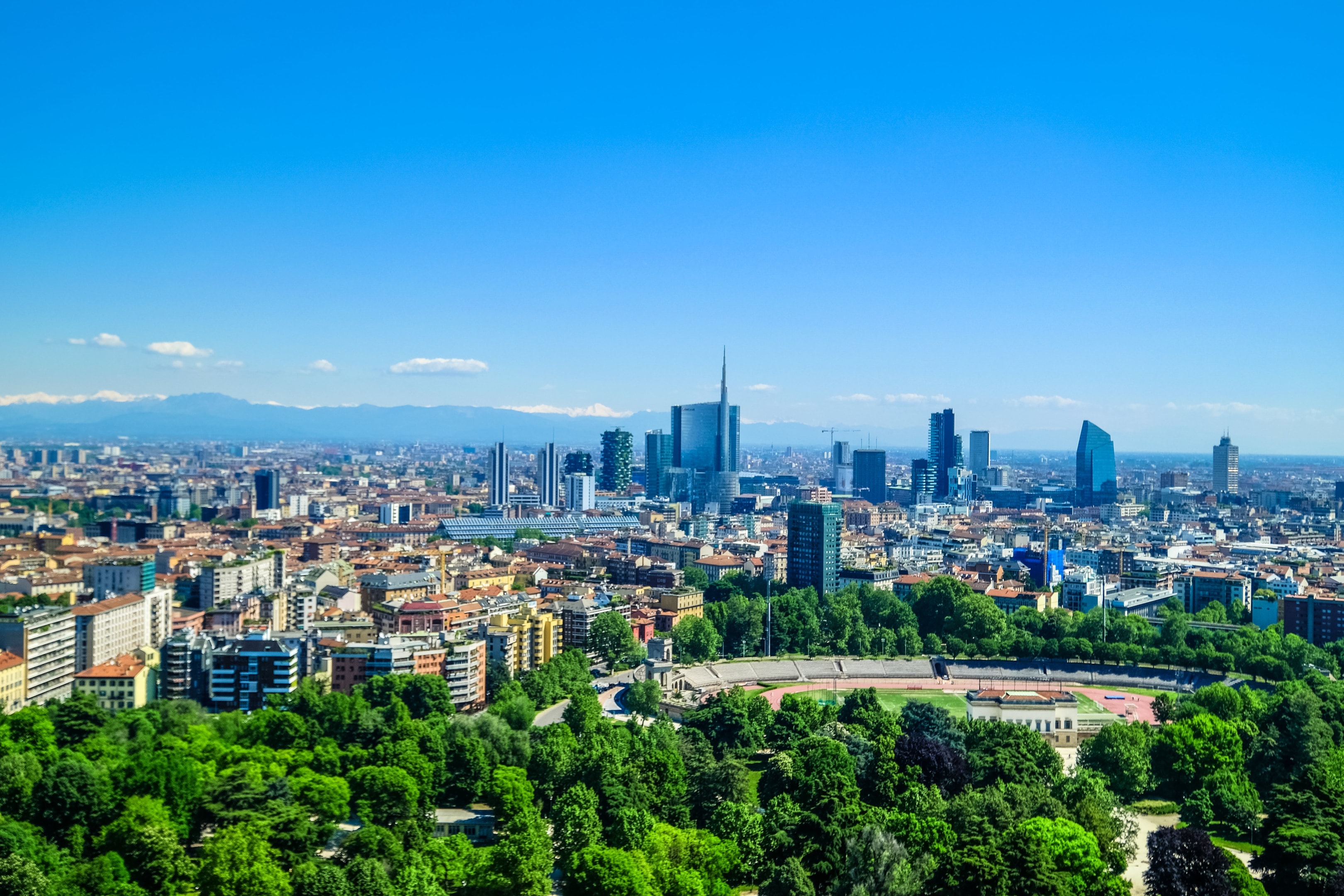
In the outskirts of Milan, prices per square meter are significantly more affordable than in the city center. In neighborhoods such as Baggio, Quarto Oggiaro, and Gratosoglio, rental costs can range between €2,500 and €3,500 per square meter.
These prices reflect the availability of more spacious properties and lower population density, making these areas particularly attractive to families and young couples. Peripheral areas often benefit from good public transport infrastructure, which facilitates access to central Milan without the costs associated with living in more central areas.
Furthermore, ongoing urban development projects are gradually improving services and facilities in the suburbs, contributing to a slow but growing property appreciation. Ultimately, the price per square meter in the peripheral areas represents a favorable opportunity for those seeking a balance between cost and quality of life.
Tips for purchasing in Milan

Smart Buying Strategies
Buying a property in Milan requires a well-thought-out sales strategy to maximize the value of your investment. First of all, it's essential to do thorough research on the areas and their price per square meter, evaluating both central and peripheral areas.
Considering urban development prospects can provide insights into potential property appreciation. Another effective strategy is to monitor the market to identify purchasing opportunities during periods of declining prices. Collaborating with experienced local real estate agents can offer access to insider information and off-market opportunities.
Furthermore, being prepared with pre-approved financing can ensure a strong position during negotiations. Finally, carefully evaluating the condition of the property and the costs of any renovations is crucial to avoid unexpected expenses.
By following these strategies, you can navigate the complex Milanese real estate market with greater confidence and success.
[cta-casavo title="Sell your home with Casavo" text="✅ 1% fixed commission✅ an expert always by your side✅ document certification"]
Future real estate market forecasts
Forecasts for the Milan real estate market indicate a sustainable growth trend in the coming years. The city's continued attractiveness as an economic and cultural center fosters steady demand for residential and commercial properties.
Urban redevelopment initiatives in areas like Porta Romana and the development of new attractive hubs like the MIND (Milan Innovation District) area suggest a potential revaluation of property listings in the surrounding areas. Furthermore, growing interest in sustainable and technologically advanced housing solutions could influence the type of properties most in demand.
However, the market may be subject to fluctuations due to external economic factors, such as monetary policy and the global economic situation. In this context, those wishing to invest in the Milanese real estate market should stay up-to-date on local and global trends to make informed decisions and maximize the return on their investment.
Trust the professionals at Casavo, experts in the local real estate market in the city of Milan, to sell and buy a house easily and advantageously.
